Page 1 of 47
 | Generative AI model for Global Illumination effects15th July 2025 Our generative AI research leverages diffusion-based techniques to generate indirect illumination effects for the new era of neural rendering. |
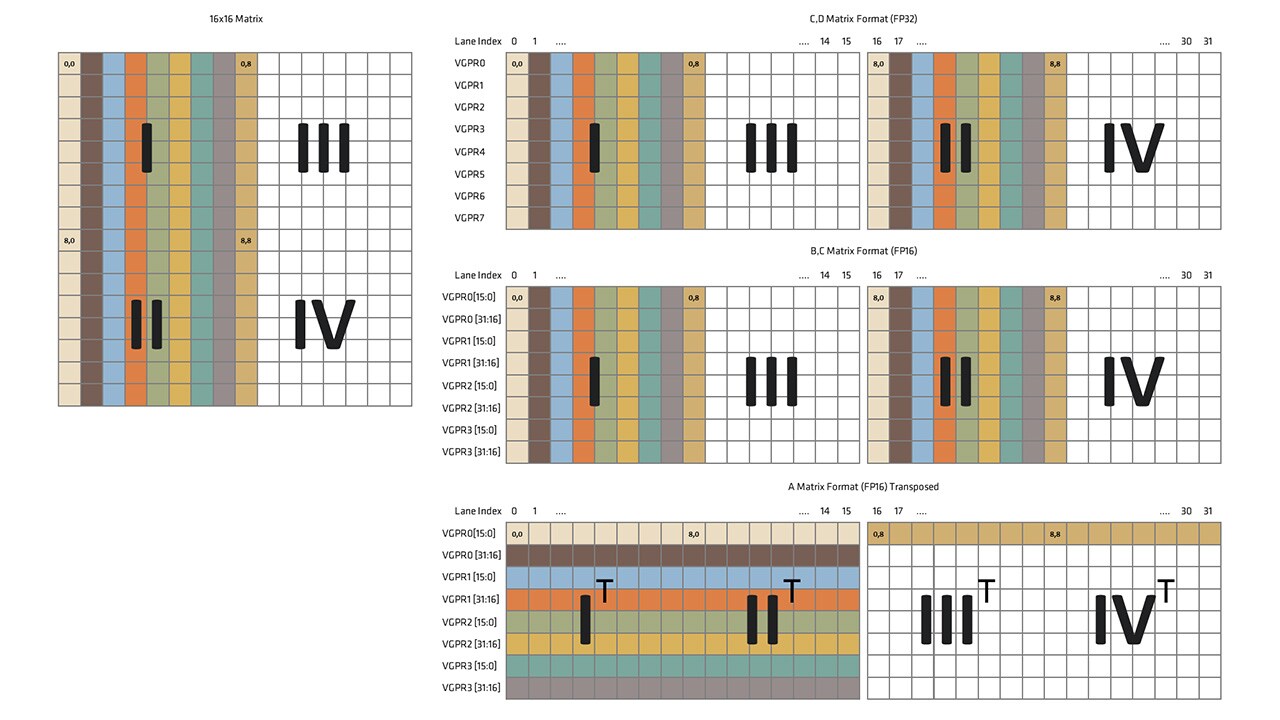 | Using the Matrix Cores of AMD RDNA 4 architecture GPUs11th July 2025 This article is a quick how-to guide for using the WMMA intrinsics with our new AMD RDNA™ 4 architecture GPUs. |
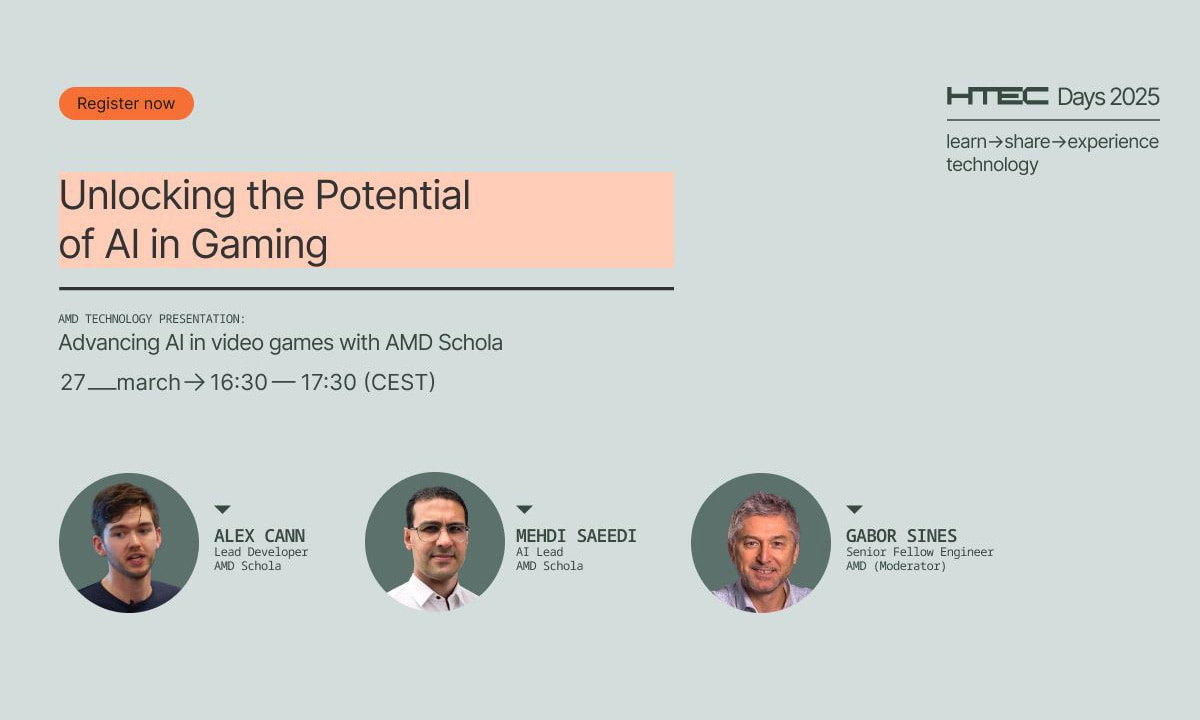 | Advancing AI in video games with AMD Schola | HTEC Days 2025 - YouTube link30th June 2025 Join Alexander Cann, Lead Developer at Schola, and Mehdi Saeedi, AI Lead at Schola, as they take you through the fascinating world of reinforcement learning (RL) and its transformative impact on gaming. They’ll be joined by Gabor Sines, Sr. Fellow Engineer at AMD, as moderator. |
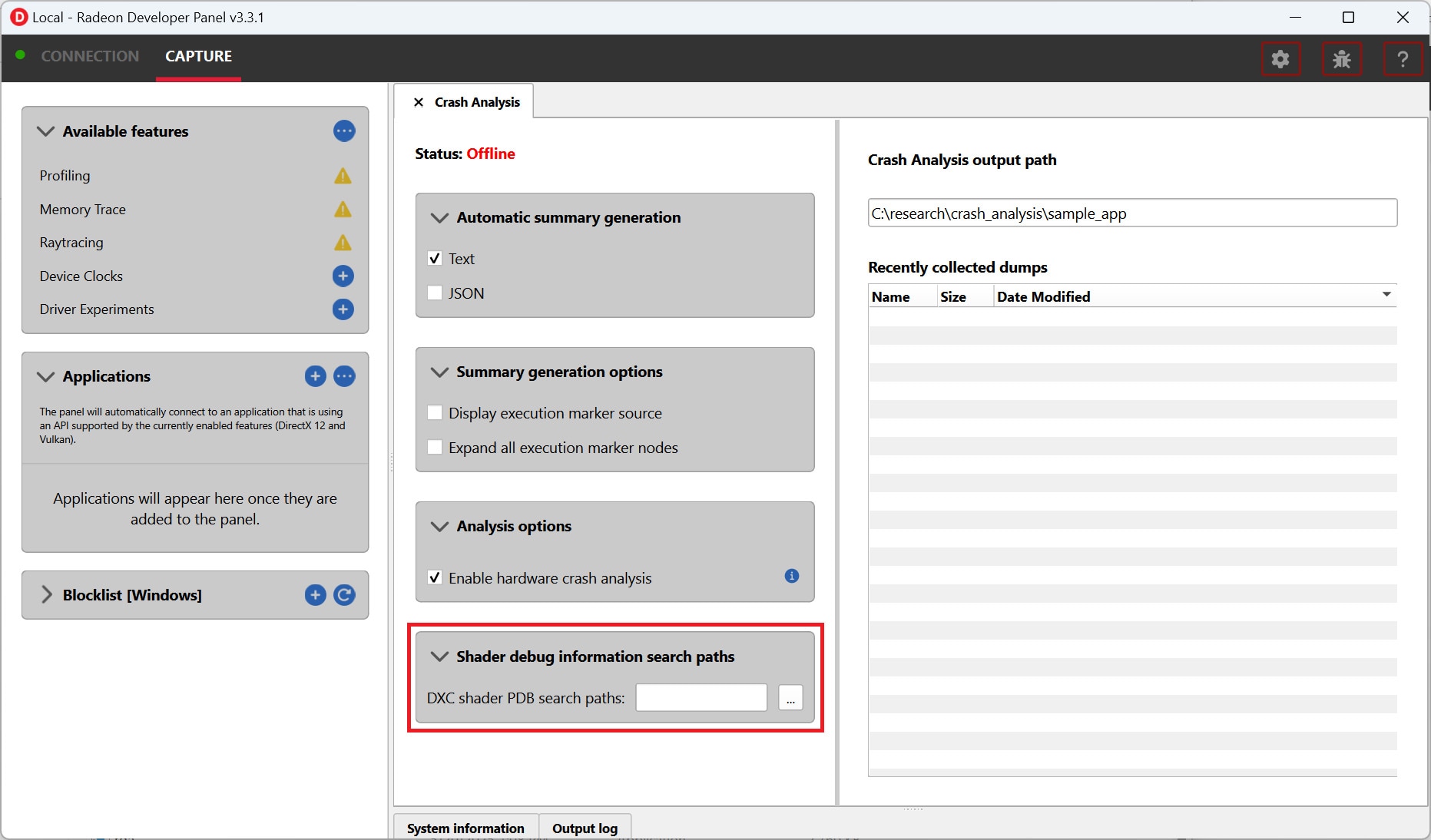 | Enhancing AMD Radeon GPU Detective Output with DirectX Debug Information17th June 2025 With version 1.5 of AMD Radeon™ GPU Detective (RGD) you can now use the debug information that is produced by the Microsoft DirectX® Shader Compiler. |
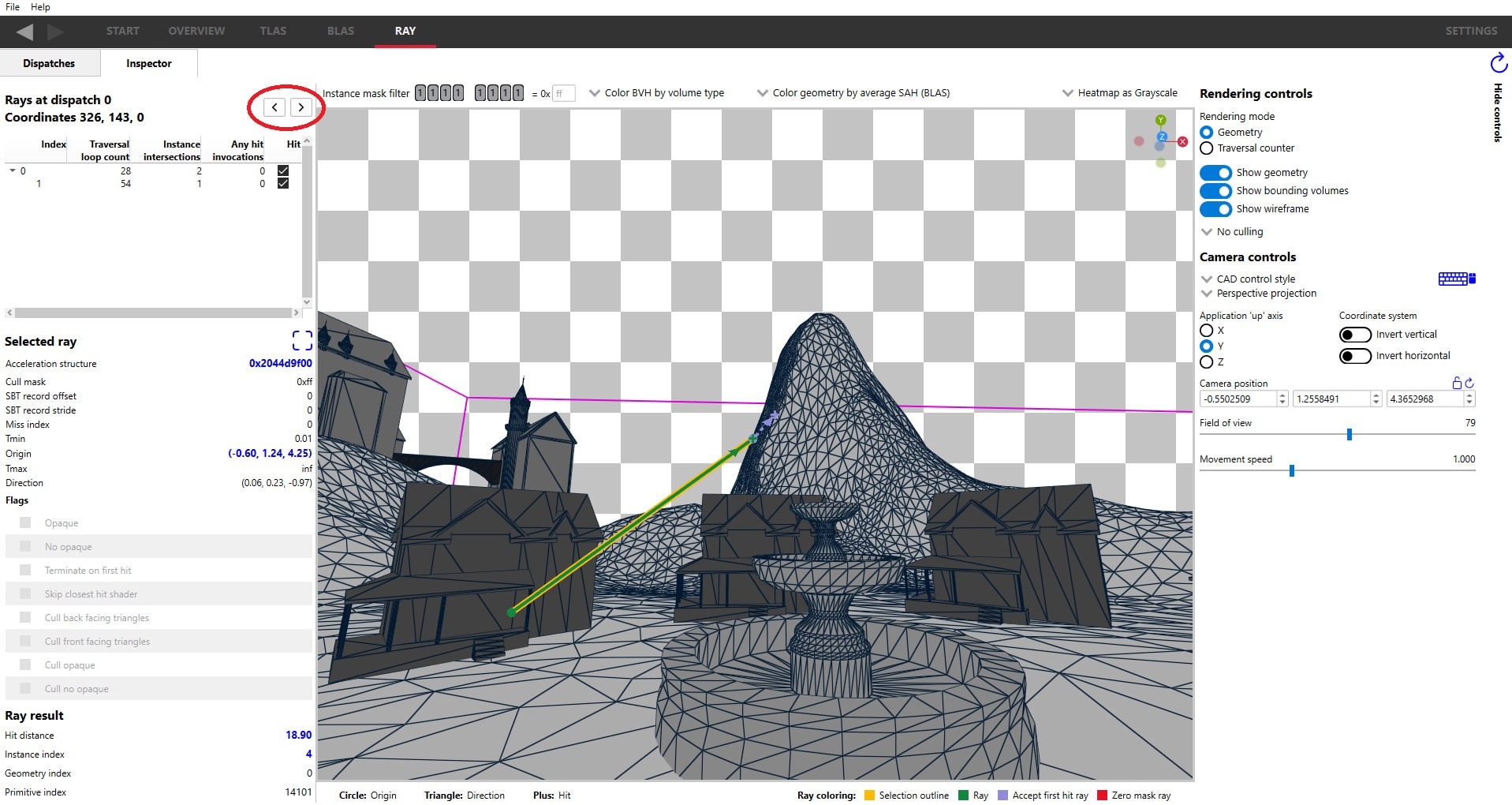 | Introducing the Latest AMD Radeon Developer Tool Suite with Support for AMD Radeon RX 9060 XT17th June 2025 We've released an updated AMD Radeon™ Developer Tool Suite, including enhanced versions of tools such as the Radeon GPU Detective, Profiler, Raytracing Analyzer, Memory Visualizer, GPU Analyzer, and Developer Panel, now with expanded GPU support. |
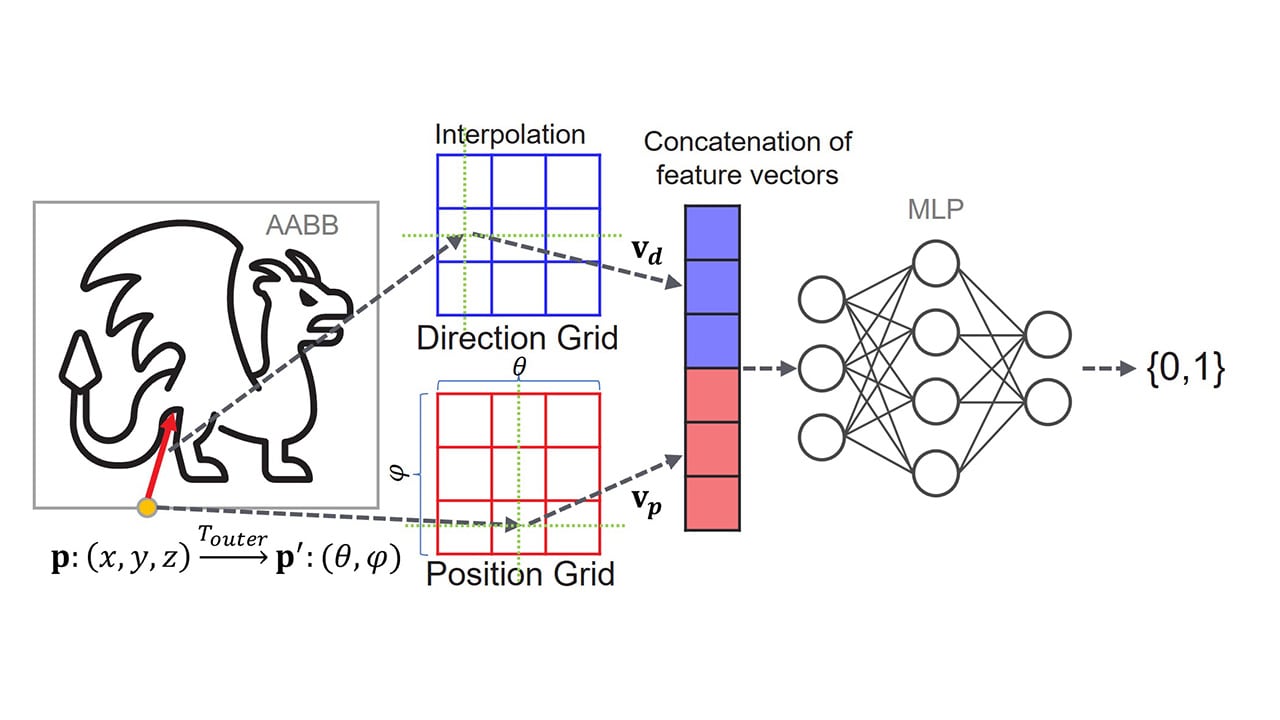 | Using Neural Networks for Geometric Representation7th May 2025 Explore how Neural Intersection Functions (NIF) and the enhanced LSNIF are poised to reshape ray tracing by replacing traditional BVH traversal with efficient, GPU-friendly neural networks for accelerated performance and high-fidelity imagery. |
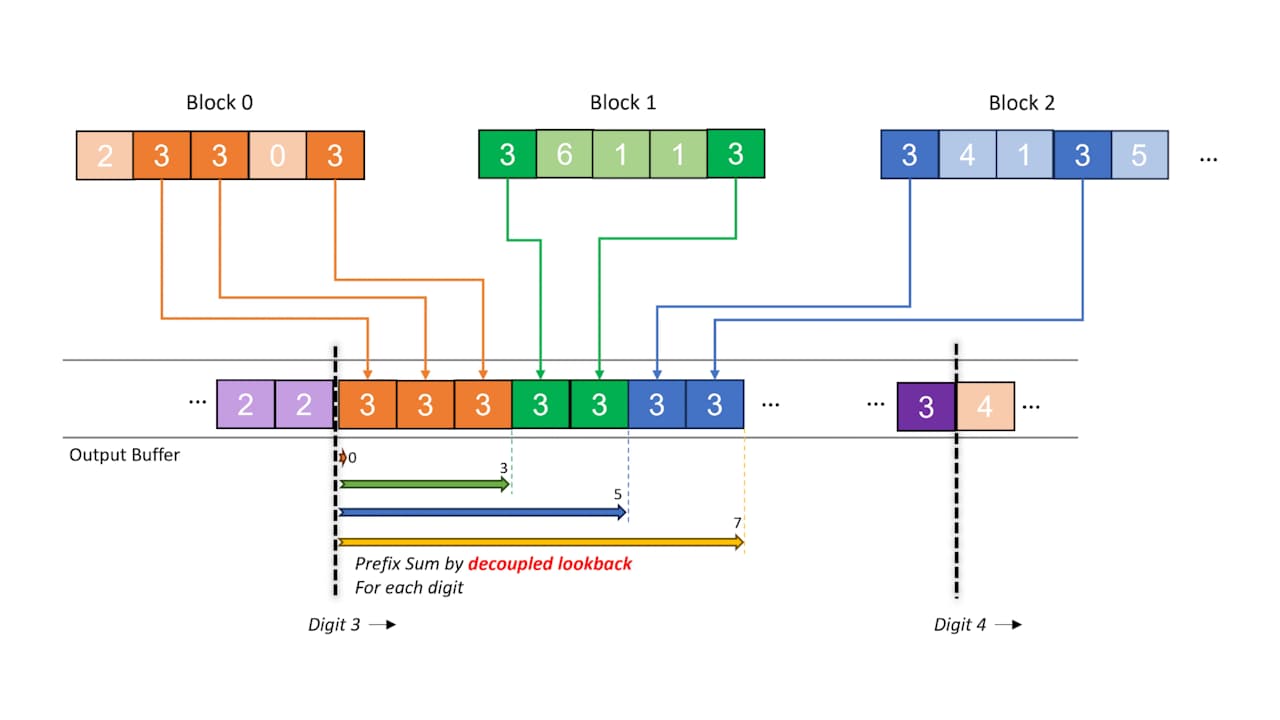 | Boosting GPU Radix Sort performance: A memory-efficient extension to Onesweep with circular buffers6th May 2025 Discover a high-performance, memory-efficient extension to Onesweep radix sort on GPUs, featuring circular buffers and advanced optimization techniques that reduce global memory access and improve sorting throughput. |
 | Bilinear interpolation on a quadrilateral using Barycentric coordinates11th April 2025 A new algebraic method for hardware-accelerated bilinear interpolation on convex quadrilaterals is presented, using the Barycentric coordinate feature of modern GPUs. |
 | CPU performance optimization guide - part 425th March 2025 Optimize CPU performance by manually writing x64 assembly code, offering a detailed comparison with compiler-generated instructions and achieving improved performance through streamlined instruction sets. |
 | CPU performance optimization guide - part 325th March 2025 We look at optimizing CPU performance by reducing the number of instructions, and highlights methods to enhance instruction efficiency and algorithm throughput. |
Page 1 of 47
